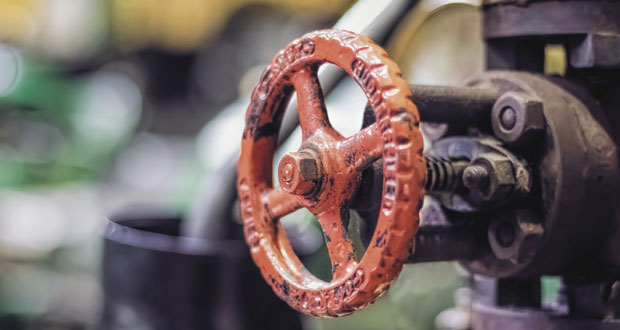BSRIA’s guide to Water Treatment for Closed Heating and Cooling Systems (BG50) has recently been revised. Tom O’Sullivan, Head of Operations at Guardian Water Treatment explains what’s changed and why real-time monitoring is now considered industry best-practice
BSRIA’s guide to Water Treatment for Closed Heating and Cooling Systems (BG50) is an important document for FMs and their maintenance teams. It contains the latest thinking and best practice advice on the management and maintenance of closed heating and cooling systems once a building has been handed over.
This is a complex area but it’s really worth getting it right – small adjustments to maintenance and management can make a huge difference to overall building performance, energy usage, and consequently, cost.
The updated guidance explains common problems, such as corrosion, scale, sedimentation and bifouling (biological fouling), providing advice on how they can be prevented through proper design, construction, maintenance and real-time monitoring, and a range of water treatment techniques.
In a major shift away from the previous edition, BG50/2021 mentions real-time monitoring as a key tool in the fight against corrosion in closed heating and cooling systems. It highlights the importance of eliminating the root cause of such issues with a particular focus on minimising levels of dissolved oxygen (DO).
What’s wrong with sampling?
Compared to sampling alone, newly developed real-time monitoring technology does a far superior job of keeping systems working as they should, using less energy and reducing maintenance and repair costs.
When BG50/2013 was first published the technology was yet to be invented and therefore sampling and the installation of corrosion coupons (inline monitoring devices) were the best option for condition monitoring. As commercial buildings became larger and more complex in their operations, this technique began throwing up some expensive and inconvenient problems.
With laboratory samples taking days or weeks to reveal any results, hidden problems were often left to fester. Once data was to hand, it revealed only a snapshot in time, with subsequent developments unaccounted for. The natural response for many was to throw chemicals at the situation, leading to heavy-handed maintenance, water wastage and in some cases, causing more damage to pipework and components.
But the most critical failing of sampling is that it does not detect DO, which we now know is the precursor to all corrosion and a key target for preventative solutions. Without the ability to detect DO, an increasing number of disastrous failures ended up in out-of-court settlements causing millions of pounds of damage in damages, legal fees and repairs.





